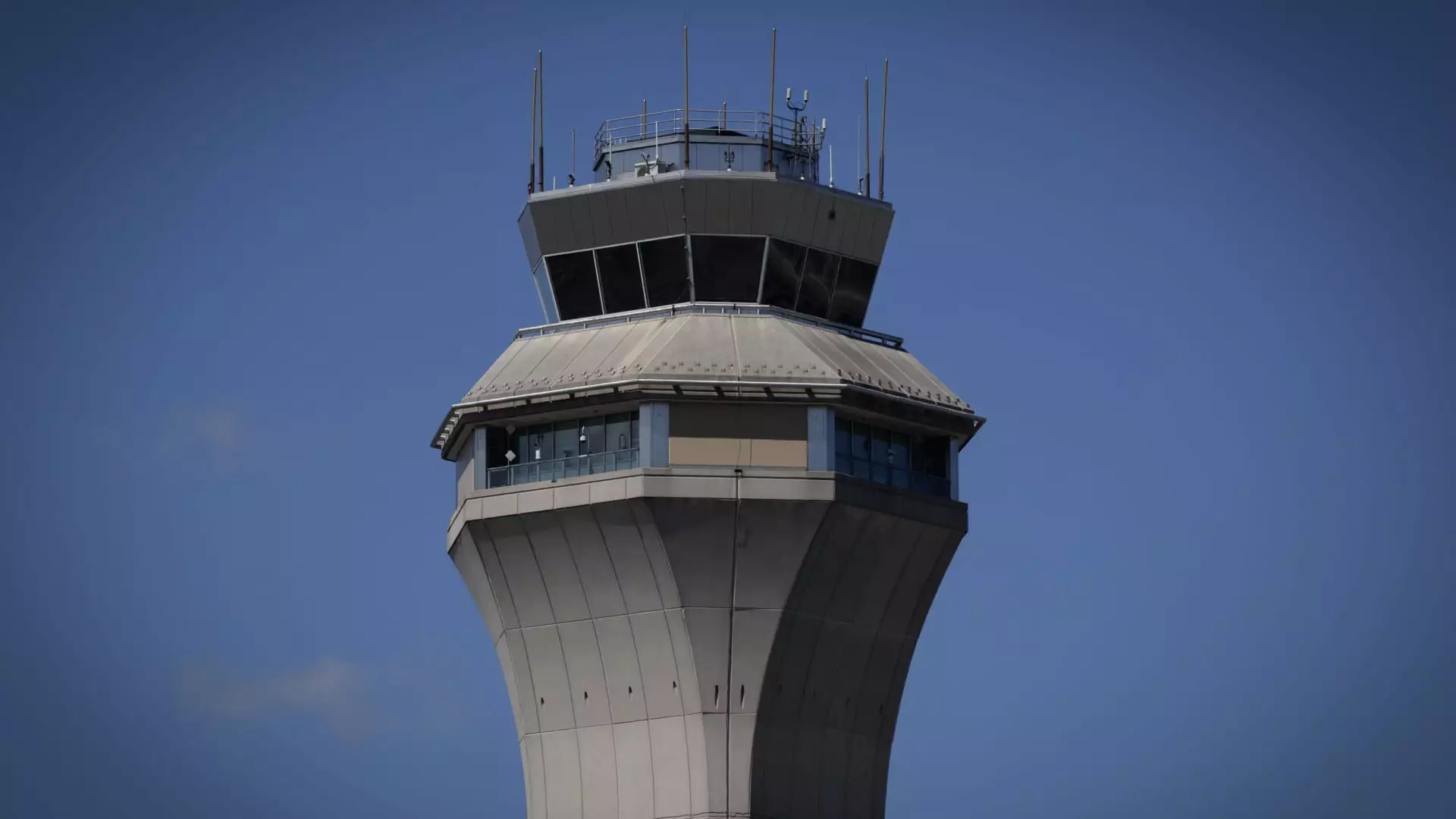Recent chaos at Newark Liberty International Airport (EWR) highlights the deep-seated inefficiencies in the U.S. aviation system. After a string of equipment failures and a shortage of air traffic controllers, the airport experienced over a thousand flight delays—an alarming indicator of an infrastructure that is approaching a breaking point. Following this turmoil, U.S. airlines will convene with the Federal Aviation Administration (FAA) to discuss possible cuts to flight schedules, a strategy aimed at mitigating the ongoing disruptions. This pressing need for reform and modernization has never been more evident, as Transportation Secretary Sean Duffy indicated during a recent appearance on NBC’s “Meet the Press.” He warned that similar issues could emerge at airports throughout the country if systemic changes are not implemented soon.
A System on the Brink
The situation at Newark is not an isolated incident; it’s emblematic of a broader vulnerability across the national air traffic control system. Just last month, air traffic controllers experienced a wrenching malfunction, losing communication with planes for about 90 seconds—an eternity when dozens of aircraft are in the sky. Following this incident, several controllers opted for trauma leave, underscoring the psychological toll such responsibilities can impose. Moreover, a subsequent apparent telecommunications issue added fuel to the fire, leading to further traffic slowdowns. These setbacks coincide with runway construction efforts, which have exacerbated the problem just as the summer travel season heats up.
Airlines have repeatedly sought to reduce their flight schedules amid staffing shortages, particularly at airports in and around New York City. United Airlines, which is the dominant carrier in Newark, has openly acknowledged this struggle. CEO Scott Kirby has been particularly vocal about the math that doesn’t add up: the FAA indicates that Newark can handle a maximum of 77 flights per hour under optimal conditions, yet airlines are frequently scheduled to operate over 80 flights in a constrained timeframe. In the wake of mounting pressures, United announced it would cut its daily Newark flights by 10%, a necessary move to ease operational strains.
Modernization Necessity: A $31 Billion Challenge
During a recent press conference, Transportation Secretary Duffy, joined by aviation executives, laid out an ambitious plan aimed at modernizing the FAA’s aging infrastructure. This blueprint not only calls for new facilities but also emphasizes the need for upgraded equipment to meet today’s growing travel demands. However, while the plan sounds promising, Duffy did not provide a concrete financial roadmap. Industry insiders estimate that approximately $31 billion will be required from Congress to revamp the system adequately. Without this funding, plans may remain mere aspirations, further entrenching the issues plaguing U.S. air travel.
The battle for resources is more than just a financial struggle; it reflects the growing urgency to restore public confidence in air travel. While many Americans remain reliant on air transit for both business and leisure, the current failings present a grave scenario. The deteriorating state of the air traffic control system and the chronic shortages of air traffic controllers have cascading effects, creating a ripple of operational paralysis that ends up frustrating not just airlines but travelers universally.
Airline Leadership Speaks Out
As the industry reels from these disruptions, airline executives like Kirby have taken noticeable stands, calling for realistic adjustments to flight operations. It’s easy to criticize the FAA for its inability to manage schedules effectively. However, the broader context reveals the urgent need for a cohesive strategy from all stakeholders involved—airlines, the FAA, and legislators. Kirby’s candid assessment of the situation demonstrates not only the airline’s awareness but also a remarkable level of advocacy for systemic change. The airline industry cannot afford to be reactive; it must channel public discourse toward proactive reforms that will ensure a safer, more efficient future.
As the upcoming meeting between airlines and the FAA draws near, the focus on Newark Liberty International Airport serves as a critical reminder of the interplay between government infrastructure and corporate responsibility. The forthcoming discussions will shed light on a pivotal moment in aviation history—a chance to confront longstanding challenges that, if left unaddressed, could spiral further out of control. The conversation on modernization, funding, and operational resilience is not just necessary; it’s imperative for a future where air travel reclaims its standing as a reliable mode of transportation in America.


Leave a Reply